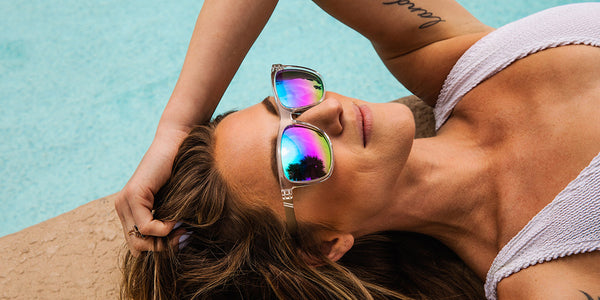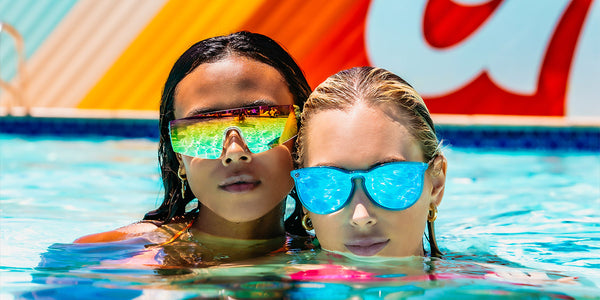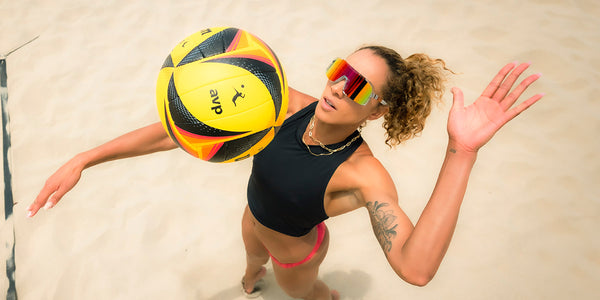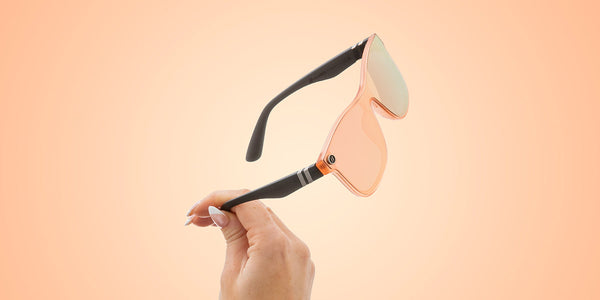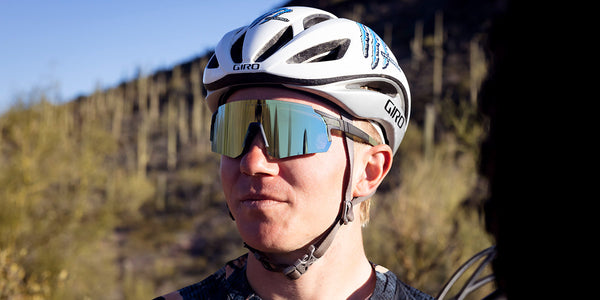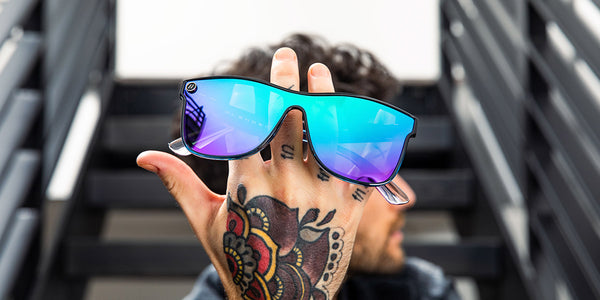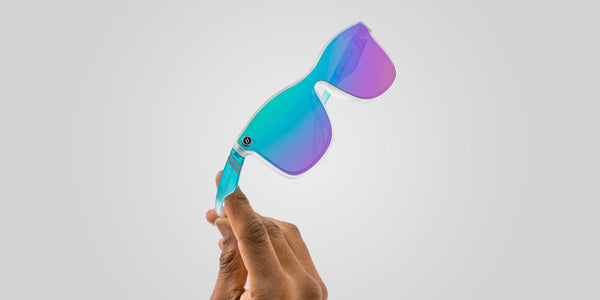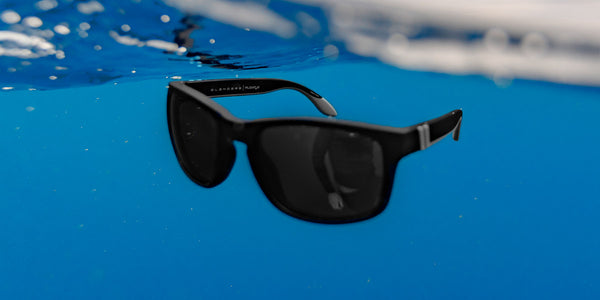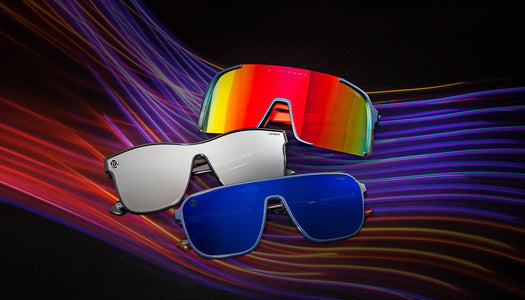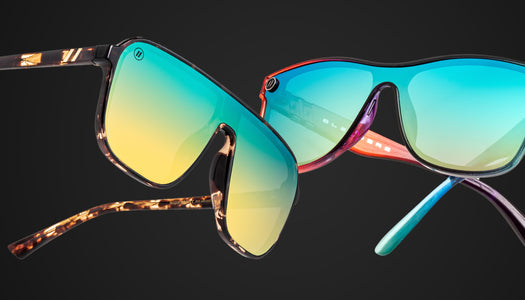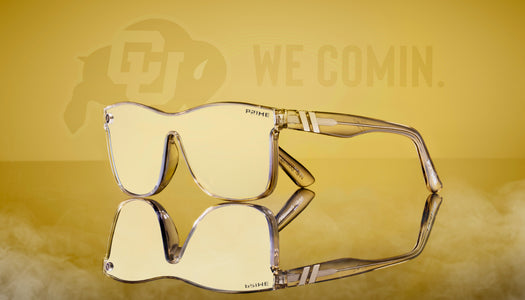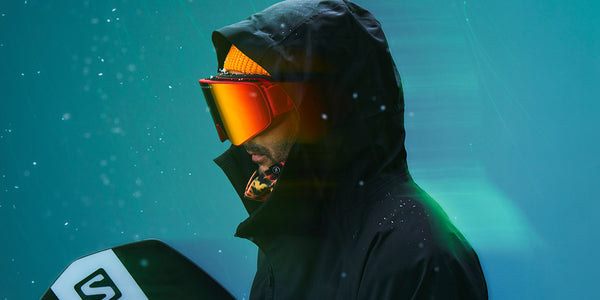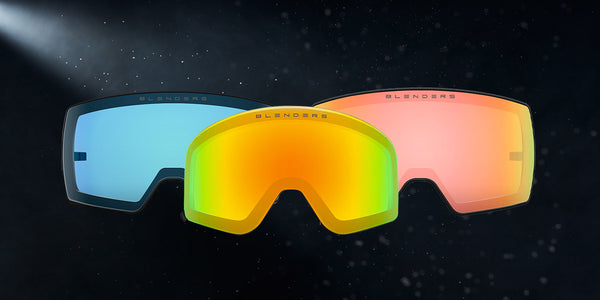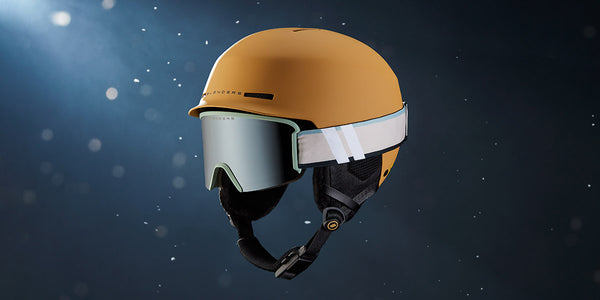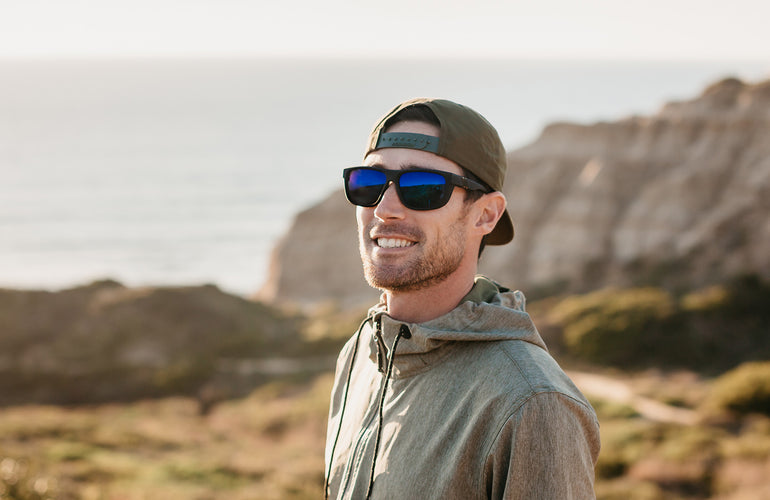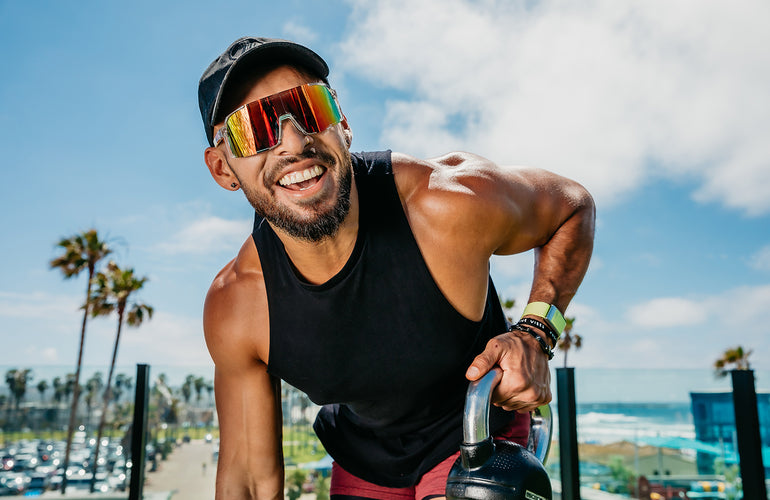No matter where your hiking travels may take you, you’ll definitely need functional and protective sunglasses. The Broke Backpacker, an adventure travel blog based in Bali, Indonesia, breaks down the best possible options in sunglasses for hiking.

Best Hiking Sunglasses For Trails & Adventures
Have you ever hiked through treacherous climates and rough terrain without a reliable pair of hiking sunglasses? Have you ever dealt with glare and snow, or uncomfortable sunglasses that fall off your face? Hiking without sunglasses for protection from blinding snow can be extremely damaging to eyes; at the same time, constantly adjusting your perpetually sliding sunglasses is a nuisance.
Regardless of location, a reliable pair of hiking sunglasses will provide plenty of comfort and protection. First, consider the type of hiking you participate in most often. Are you seeking sunglasses for day hikes or trail runs? Do you need sunglasses for snow and added protection against glare?
Choosing The Right Lenses For Hiking Sunglasses
Lenses stand out as the most important factor in selecting hiking sunglasses, since they shield your eyes against UV rays.
Lens Types:
VLT (Visible Light Transmission) –The most basic type of lens, it reduces the amount of light transmitted to your eyes. Sunglasses with a high VLT are not common, as they are designed for overcast conditions. Sunglasses with a low VLT are useful in bright conditions since they block out most of the light that permeates the lens.
UV Protection: This is essential for all sunglasses. Three types of UV rays exist: UVA, UVB and UVC. While UVC is considered benign, UVB is associated with skin cancer. UVA is still under debate, but better safe than sorry.
Polarized or Not?
While not essential for everyday activities, polarized lenses are designed to filter out reflected light and reduce glare. With polarized sunglasses, you can look down at water and see what lies below the surface, rather than the sun’s glare. Furthermore, polarized lenses are crucial for snow or hiking near large bodies of water; light becomes polarized when it reflects from their surfaces.
Lens Materials
Most lenses are crafted in polycarbonate, polyurethane or plastic materials.
Polyurethane is a synthetic material that fuses the best qualities of glass and polycarbonate. While it stands out as the most expensive lens material, it’s also the most durable and lightweight option.
Polycarbonate is a type of plastic with high-quality optics and a strong, impact-resistant structure; therefore it is ideally suited for hiking. Yet without an anti-scratch coating, it can be easily blemished.
A regular plastic lens is the most cost-effective, but scratches easily and is therefore the least durable choice.
The most durable and flexible frame materials include nylon and nylon/plastic combinations. Solely plastic frames are not suited for tough conditions where you might drop and break your sunglasses far from civilization. Avoid aluminum and titanium styles, which bake in the sun.
Consider the nose piece and arms of the frame: Does the nose piece slide off even when you’re not sweating? Are the arms too tight? You will be wearing sunglasses for hours on end while hiking, so comfort is essential.
Functional & Protective Hiking Sunglasses
Consider what conditions you plan to hike in. If you need protection from wind and rain, a wraparound silhouette is an excellent choice, such as our Full Speed, Full Speed // Eclipse, and Canyon. If you plan to engage in a lot of movement (as in trail running, mountaineering and rock climbing), invest in a non-slip style.
For your next hiking trip, don’t leave home without a practical and style-conscious pair of sunglasses from Blenders Eyewear.
